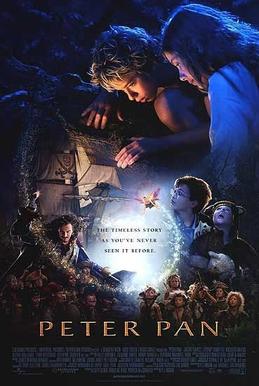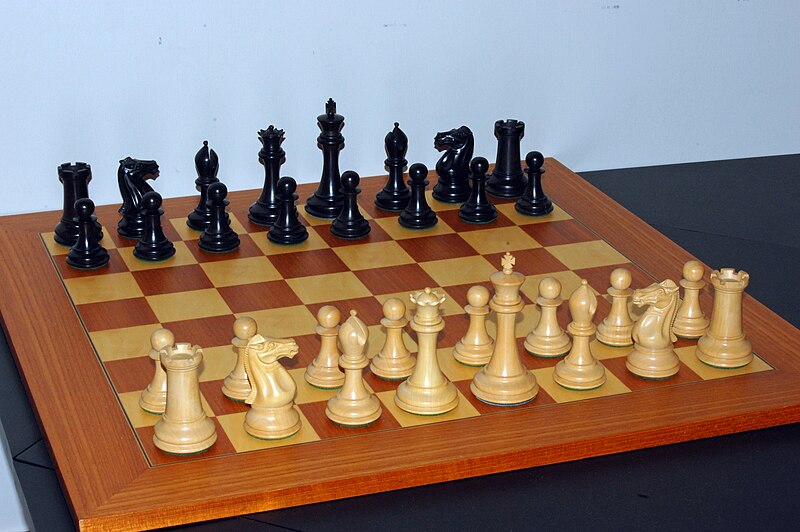Philip Pullman
* Alice's Adventures in Wonderland and Through the Looking Glass by Lewis Carroll. Indispensable. The great classic beginning of English children's literature.
* Pinocchio by Carlo Collodi. What effortless invention looks like.
* Emil and the Detectives by Erich Kastner. A great political story: democracy in action.
* Swallows and Amazons by Arthur Ransome. As clear and pure as Mozart.
* Black Hearts in Battersea by Joan Aiken. If Ransome was Mozart, Aiken was Rossini. Unforced effervescence.
* The Owl Service by Alan Garner. Showed how children's literature could sound dark and troubling chords.
* The Phantom Tollbooth by Norton Juster. Superb wit and vigorous invention.
* Moominsummer Madness by Tove Jansson. Any of the Moomin books would supply the same strange light Nordic magic.
* A Hundred Million Francs by Paul Berna. A particular favourite of mine, as much for Richard Kennedy's delicate illustrations (in the English edition) as for the story.
* The Castafiore Emerald by Hergé. Three generations of this family have loved Tintin. Perfect timing, perfect narrative tact and command, blissfully funny.
Michael Morpurgo
* The Star of Kazan by Eva Ibbotson. The heroine is blessed with such wonderful friends who help her through the twists and turns of this incredible journey.
* A Christmas Carol by Charles Dickens. The first few pages were so engaging, Marley's ghostly face on the knocker of Scrooge's door still gives me the shivers.
* Just William books by Richmal Crompton. These are a must for every child.
* The Happy Prince by Oscar Wilde. This was the first story, I think, that ever made me cry and it still has the power to make me cry.
* The Elephant's Child From The Just So Stories by Rudyard Kipling. The story my mother used to read me most often, because I asked for it again and again. I loved the sheer fun of it, the music and the rhythm of the words. It was subversive too. Still my favourite story.
* Treasure Island by R.L. Stevenson This was the first real book I read for myself. I lived this book as I read it.
* The Old Man and the Sea by Ernest Hemingway. A classic tale of man versus nature. I wish I'd written this.
* The Man Who Planted Trees by Jean Giono. A book for children from 8 to 80. I love the humanity of this story and how one man's efforts can change the future for so many.
* The Singing Tree by Kate Seredy The story of two children who go to find their father who has been listed missing in the trenches of the First World War.
* The Secret Garden by Frances Hodgson-Burnett. I love this story of a girl's life being changed by nature.
 |
| Michael Morpurgo, John Walsh and Michael Rosen |
Katy Guest, literary editor for The Independent on Sunday
* Refugee Boy by Benjamin Zephaniah. Story of a young Ethiopian boy, whose parents abandon him in London to save his life.
* Finn Family Moomintroll (and the other Moomin books) by Tove Jansson. A fantasy series for small children that introduces bigger ones to ideas of adventure, dealing with fear, understanding character and tolerating difference.
* Diary of a Wimpy Kid by Jeff Kinney. It's rude, it's funny and it will chime with every 11-year-old who's ever started a new school.
* I Capture the Castle by Dodie Smith. Written for a teenage audience but fun at any age.
* The Hobbit and The Lord of the Rings by JRR Tolkein. Be warned, these tales of hobbits, elves and Middle Earth are dangerously addictive.
* The Tygrine Cat (and The Tygrine Cat on the Run) by Inbali Iserles. If your parents keep going on at you to read Tarka the Otter, The Sheep-Pig and other animal fantasies, do – they're great books – also try Iserles' stories about a cat seeking his destiny.
* Carry On, Jeeves by PG Wodehouse. A grown-up book – but not that grown-up.
* When Hitler Stole Pink Rabbit by Judith Kerr. Judith Kerr's semi-autobiographical story of a family fleeing the Nazis in 1933.
* Moving Pictures by Terry Pratchett. Elaborate mythological imagery and a background based in real science. If you like this, the Discworld series offers plenty more.
* The Story of Tracy Beaker by Jacqueline Wilson. The pinnacle of the wonderful Jacqueline Wilson's brilliant and enormous output.
John Walsh, author and Independent columnist
* The Adventures of Sherlock Holmes by Sir Arthur Conan Doyle. Irresistible puzzle-solving tales of the chilly Victorian master-sleuth and his dim medical sidekick.
* The Curious Incident of the Dog in the Night-Time by Mark Haddon. Age-transcending tale, both funny and sad.
* Mistress Masham's Repose by TH White. Magical story of 10-year-old Maria, living in a derelict stately home, shy, lonely and under threat from both her governess and her rascally guardian.
* Little Women by Louisa May Alcott. Inexplicably evergreen, trend and taste-defying 1868 classic.
* How to be Topp by Geoffrey Willams and Ronald Searle. Side-splitting satire on skool, oiks, teechers, fules, bulies, swots.
* Stormbreaker by Anthony Horowitz. First of the action-packed adventures with 14-year-old Alex Rider.
* Private Peaceful by Michael Morpurgo. "Dulce et Decorum Est" for pre-teens.
* Artemis Fowl by Eoin Colfer. Lively, amoral, wildly imaginative debut (six more followed) about the money-grabbing master-criminal Artemis, 12. The author called it "Die Hard with fairies".
* The Silver Sword by Ian Serraillier. Inspiring wartime story of the Balicki family in Warsaw.
* Animal Farm by George Orwell. Smart 11-year-olds won't need any pre-knowledge of Marx, Lenin, Trotsky and 1917 to appreciate this brilliantly-told fable.
 |
| Some of the books |
Michael Rosen
* Skellig by David Almond. Brings magical realism to working-class North-east England.
* Red Cherry Red by Jackie Kay. A book of poems that reaches deep into our hidden thoughts but also talks in a joyous voice exploring the everyday.
* Talkin Turkeys by Benjamin Zephaniah. A book of poems that demands to be read aloud, performed and thought about.
* Greek myths by Geraldine McCaughrean. Superheroes battle with demons, gods intervene in our pleasures and fears – a bit like the spectres in our minds going through daily life, really – beautifully retold here.
* People Might Hear You by Robin Klein. A profound, suspenseful story about sects, freedom and the rights of all young people – especially girls.
* Noughts and Crosses by Malorie Blackman. A book that dared to go where no one thought you could with young audiences because it raises tough stuff to do with race.
* Einstein's Underpants and How They Saved the World by Anthony McGowan. A crazy adventure set amongst the kids you don't want to know but who this book makes you really, really care about.
* After the First Death by Robert Cormier. Cormier is never afraid of handling how the personal meets the political all within the framework of a thriller.
* The London Eye Mystery by Siobhan Dowd. A book that allows difference to be part of the plot and not a point in itself.
* Beano Annual. A cornucopia of nutty, bad, silly ideas, tricks, situations and plots.
I got 22.
Source: The Independent Web Pages











